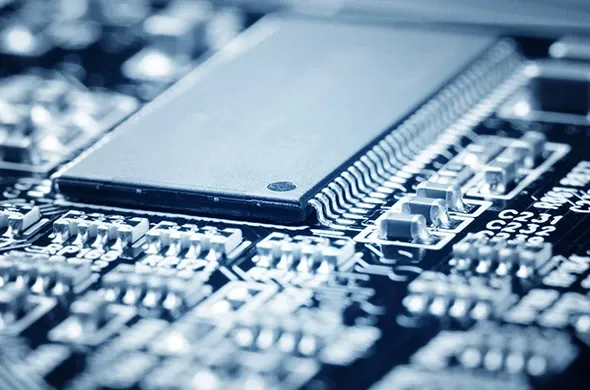Google Plans New €600 Million Dutch Data Center
Google plans to spend €600 million on a new data center in the Netherlands.

Google unveiled its first internally designed chip for consumer devices, the latest sign of the search engine’s hardware ambitions and a threat to its current semiconductor suppliers, according to Bloomberg.
Pixel Visual Core is a system-on-a-chip that improves the camera of the Pixel 2, Google’s latest smartphone. The chip will help the phone handle images with high dynamic range, or HDR, a technology that captures more detail in mixed lighting situations, Google said in a blog post.
Designing chips is time-consuming and expensive, and few smartphone makers beyond Apple, Samsung and Huawei do it themselves. Google has crafted processors for its data centers, but this is the first time the company has tried it for its nascent consumer hardware. If the company wants to catch smartphone leaders like Apple, it has to do more to marry the hardware and software features of these devices.
Using the Pixel Visual Core, Google said the phone’s camera hardware will process HDR images five times faster and use less than a 10th of power than doing so on its main applications processor. It’ll be activated in coming months via a software update that will let other apps tap into the chip’s capabilities, the Alphabet unit said.
This may be bad news for Qualcomm, which makes the Snapdragon applications processor chips that Google uses in its Pixel phones and its earlier Nexus devices. Qualcomm has touted the ability of its chips to do the kind of image processing that Google now says suggests it can do better by itself. Google said it has no plan to change reliance on Qualcomm and no immediate plans to sell the chip to others, but the new component is more evidence of Google’s increasing ambitions in semiconductors.
Google’s in-house work on chips for its data centers is already considered a threat to suppliers such as Intel and Nvidia. That’s part of a larger push by companies such as Apple, Amazon and Microsoft to supply themselves with silicon for at least some of their needs.